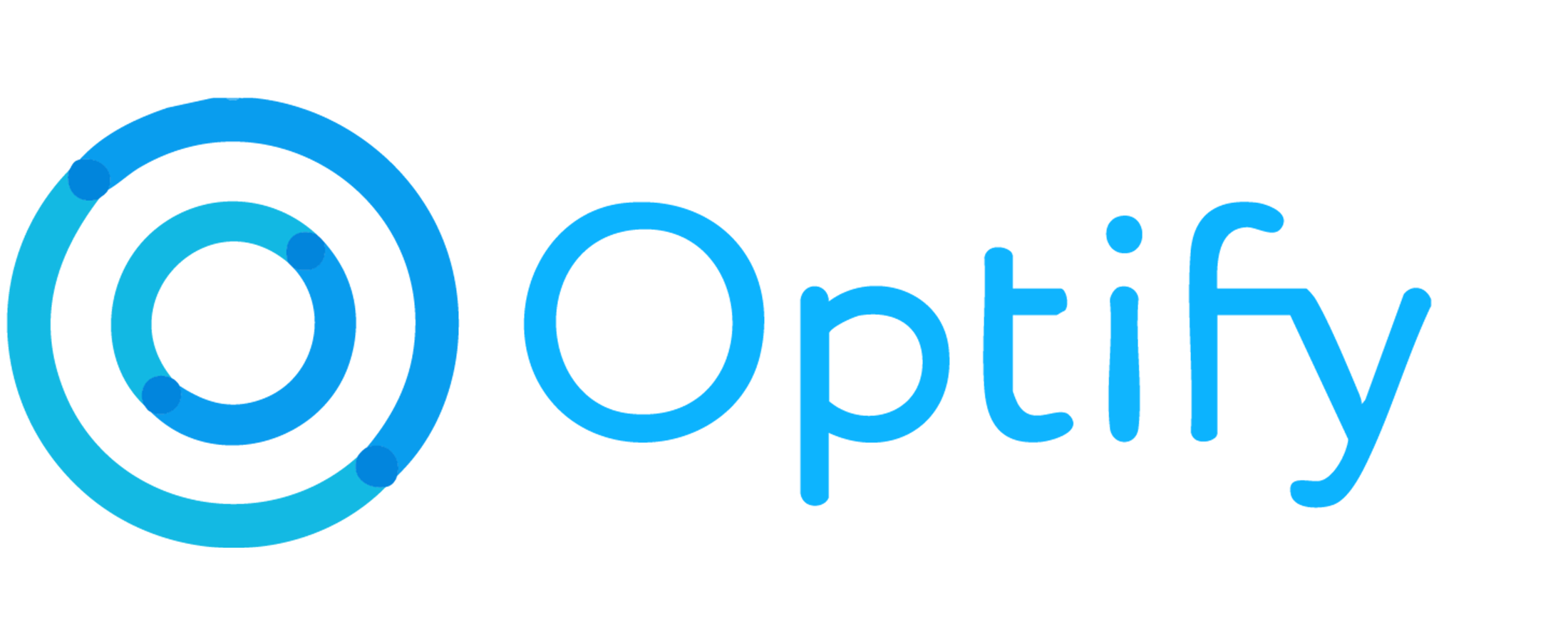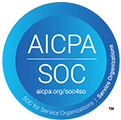
Over the past few years, the labor market has been defined by extremes. First came the “Great Resignation,” when employees left roles in record numbers chasing better pay, more flexibility, or new challenges. Now, many organizations are seeing the opposite: people staying put even when they aren’t fully engaged. That phenomenon is called job hugging.
Job hugging describes workers who remain in their existing roles—sometimes reluctantly—because the risks of leaving (economic uncertainty, competition, benefit loss) feel higher than the potential gains. Stability wins over change. On the surface, lower turnover might look like a win. But underneath, a workforce that is unmotivated and stays without enthusiasm can turn stagnant, and that stagnation costs your organization dearly.
At Optify, we believe job hugging can be a turning point—not a liability—if your organization leans into it strategically. Coaching is a powerful lever to transform job hugging into engagement, growth and renewed purpose.
What Is Job Hugging and Why It’s a Double-Edged Sword
In a turbulent economy, many employees prioritize what feels secure. They keep their jobs, even if those jobs don’t light them up anymore. They may not seek new employers, but they also may not push themselves to grow.
For employers, there is a hidden cost of staying disengaged. You might think, “At least they’re not quitting.” But employees who stick around without purpose can drag down innovation, productivity, morale, and growth. Here’s what the data shows:
- Disengaged employees cost organizations substantially. Gallup estimates that disengagement contributes to $8.8 trillion in lost productivity globally each year. (Gallup)
- Replacing a single employee can cost between 50% to 200% of annual salary, depending on the role. (Payactiv)
- For many companies, especially in competitive talent markets, recruitment and training alone can run tens of thousands per person. (PeopleKeep)
All together, this means job hugging isn’t just about people staying; it’s about people staying but not thriving.
Rethinking the Response: How Coaching Converts Job Huggers into Growth Drivers
When the instinct is to always “find new talent,” companies can overlook the opportunity in their current workforce. If your people are just holding on, that’s your chance to lean in and help generate new energy.
Here’s how coaching addresses the core challenges of job hugging and turns them into opportunities.
1. Reignite purpose and energy
Many employees lose connection with why they do their work. Coaching creates structured reflection time—the “why am I here?” conversations—where people rediscover meaning in their roles. That renewed alignment brings energy back to their day-to-day work.
2. Explore internal paths instead of external ones
Even if someone isn’t ready to jump companies, they often want to stretch laterally, shift functions, or take on new leadership responsibilities. Coaching helps them map those paths, surface hidden potential, and design next steps within your organization.
3. Support managers leading cautious teams
Leaders today often lead teams whose members are operating from risk aversion rather than ambition. Without the right tools, that can feel demoralizing. Leadership coaching equips managers to listen deeply, experiment with empathy, and foster motivation even in uncertain times.
4. Signal you care and build loyalty
Investing in coaching sends a message: “We see you. We want you to grow.” That alone can strengthen commitment and reduce attrition. When employees feel valued, they are more likely to stay and to carry that positivity into how they lead and collaborate.
Turning Job Hugging Into Strength: A Strategic Shift
Job hugging doesn’t have to be a threat. In fact, it can be a signal: your people are here. What they need now is direction, trust, and fuel.
By anchoring coaching into talent strategy through pairing it with stretch assignments, career conversations, and leadership development, you convert static “stayers” into engaged, evolving contributors. And when done well, coaching helps you extract dual wins: stability and momentum.
At Optify, we view job hugging as a moment of possibility. It’s not enough to assume staying equals satisfaction. Instead, we see it as an invitation to deepen connection, catalyze growth, and future-proof your organization from the inside out.
Ready to turn job hugging into a growth opportunity? Connect with Optify to see how our coaching solutions can help your people thrive where they are.



